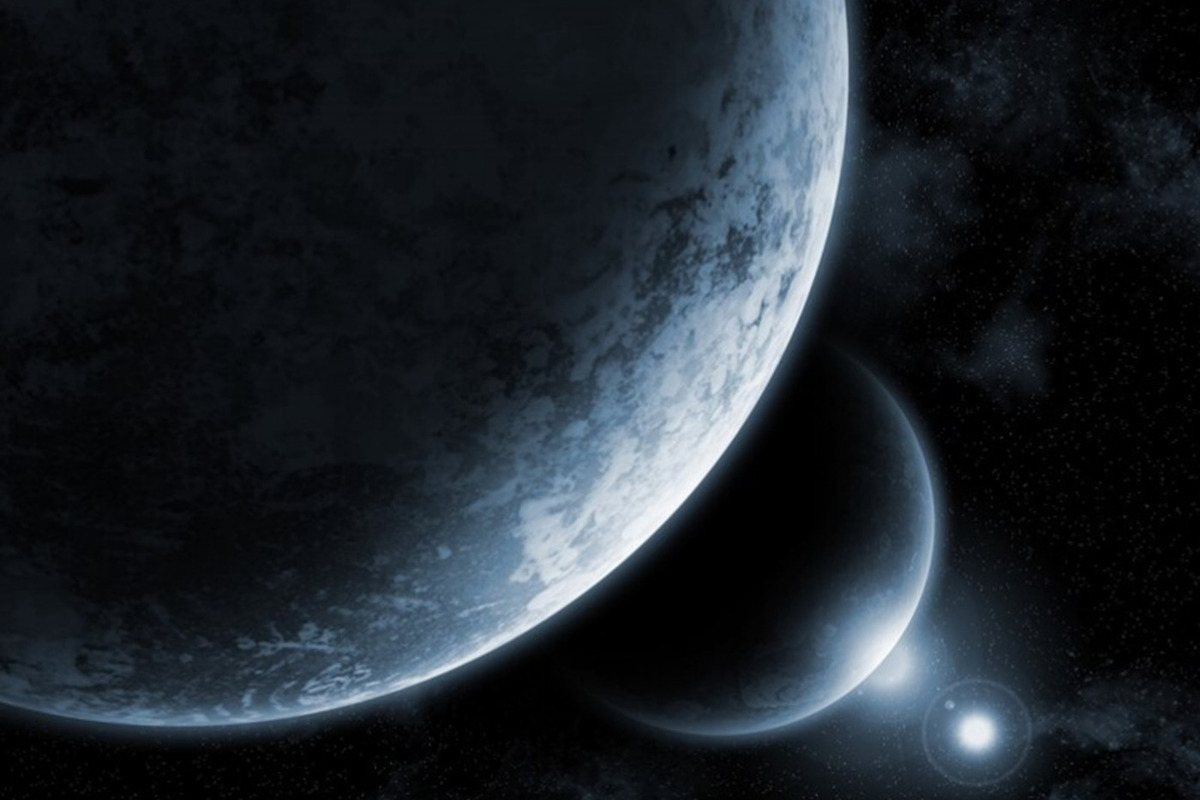It turned out how astronomers of primitive peoples predicted eclipses
[ad_1]

The oldest known written evidence of astronomical phenomena, including eclipses, comes from Mesopotamia, according to Clemency Montell of the University of Canterbury in New Zealand.
Montelle describes a set of several dozen cuneiform tablets known as the Enuma Anu Enlil, 13 of which contain information on lunar and solar eclipses, compiled between 2000 and 1600 BC. The main purpose of the tablets was to warn the king about omens. In the process, astronomers began to notice patterns. For example, they recognized that lunar eclipses occur only during the full moon, and solar eclipses occur only during the new moon. Later, Assyrian astronomers noticed that lunar eclipses tended to recur either every six months or at longer intervals.
Ancient astronomers faced two major problems in predicting eclipses. The first was that eclipses do recur, but only over very long periods of time. Nearly identical eclipses occur every 6,585.3 days, or just over 18 years: a period called saros.
Scientists report that eclipses are never visible from the entire surface of the Earth, and the natural phenomenon that occurs in the Saros cycle can only be seen from the other side of the Earth. From which astronomers can now conclude that the Mesopotamians only knew about those eclipses that were visible from their area, which gave them an incomplete picture. The Mayans had a complex religion that included ideas about cosmology. One of the tribe’s most striking artifacts is a colored book called the Dresden Codex, named after the city in Germany where it is kept. It was probably created around 1210 AD, possibly in the Mayan city of Chichen Itza.
Susan Milbrath of the University of Florida described a series of eclipse tables in the Dresden Codex that describe time intervals during which eclipses could occur, serving as predictions. Recognizing that the sun was essential to their survival, Mayan astronomers viewed eclipses as a threat. In some traditions, the end of the world began with an eclipse.
“The Dresden predictions are only accurate to the day, and they only indicate that the Mayans calculated that there would be an eclipse somewhere on Earth on that day,” Milbrath says. Like the Mesopotamians, the Mayans could not predict where on Earth eclipses would be visible.
In the early 1500s, in the city-state of Tenochtitlan, in what is now Mexico, the Aztecs carved a calendar on a large round stone whose symbols encode information about the cyclic creation and destruction, including images of the sun and moon.
In a 2017 study, Milbrath argued that some of the images refer to a solar eclipse. She suggested that the central image was the death of the Aztec sun god Tonatiuh during an eclipse, which was associated with the end of the world. In her opinion, the stone predicts a total eclipse on a certain day of the year.
However, during the reign of the Aztecs there was never an eclipse on this day, and there will not be one until 2078. Milbrath noted that this discovery, supported by calculations by Arnold Leboeuf of the Jagiellonian University in Krakow, suggests that priestly astronomers were trying to secure their own long-term position by predicting a cataclysm that they knew would not happen, but which they could use to scare the population.
Understanding and predicting eclipses is much more difficult if a society does not have a written language. However, there is evidence that some illiterate societies succeeded, at least for lunar eclipses.
Duane Hamacher of the University of Melbourne in Australia has spent years studying the astronomical knowledge of Aboriginal Australians. He compiled his findings with Aboriginal and Torres Strait Islander elders.
In a 2011 study, Hamacher and colleague Ray Norris described dozens of Aboriginal accounts of eclipses. Like the Mayans, they often viewed eclipses as a threat. But they also understood something about mechanics. For example, the Pintupi people of the Central Desert said that a solar eclipse was caused by Pira (moon man) blocking the sun with either his hand or his body.
“There were so many Aboriginal traditions that described this event as the moment when the moon covers the sun,” explains Hamacher. “People know where celestial objects are even when they are not visible.”
In a chapter of the book written with Gillar’s uncle Michael Anderson of the Euahlahi people, Hamacher describes the “tsugubau mabaig” (astronomers) of the western Torres Strait Islands. A key responsibility of the Tsugubau Mabaiga was to perform a ceremony called Melpal Mari Pathanu (“the ghost took the spirit of the Moon”) during an eclipse. Zugubau Mabaig repeated the names of the Torres Strait Islands until the moon appeared.
Much of the astronomical knowledge of Aboriginal Australians was lost during European colonization. However, Hamacher argues that one element that has helped is how long-lasting oral traditions can be.
In the study, he and his colleagues examined the oral traditions of Aboriginal people in Tasmania. They include a description of the sinking of the land bridge that once connected Tasmania to mainland Australia, about 12,000 years ago. They also refer to the star Canopus as being near the south celestial pole, which was about 14 thousand years ago.
“Now that we understand a little better how oral tradition works, we know that vast amounts of knowledge can be stored in memory and that it can last for thousands of years,” states Duane Hamacher. This may help explain how societies without writing could nevertheless predict short-lived events such as eclipses.
[ad_2]
Source link








